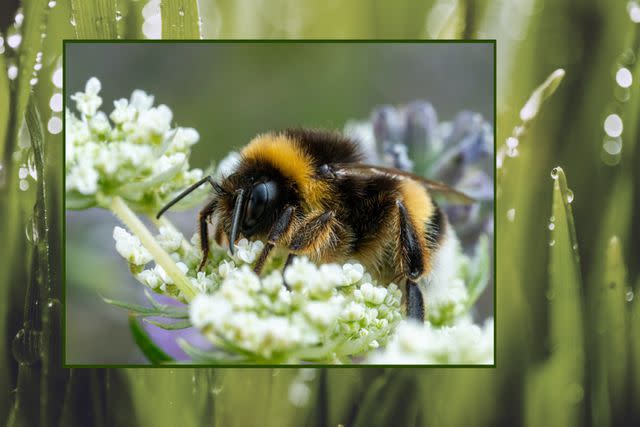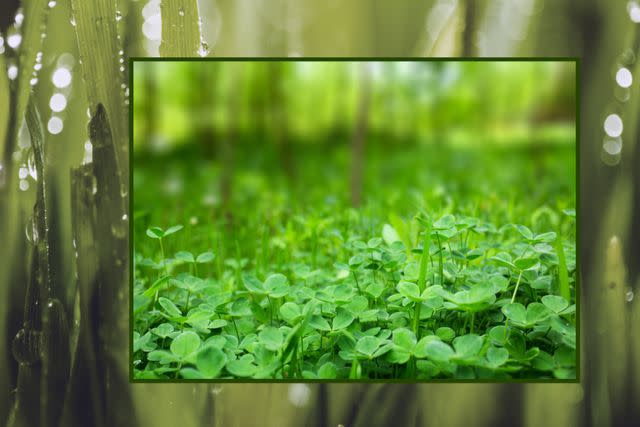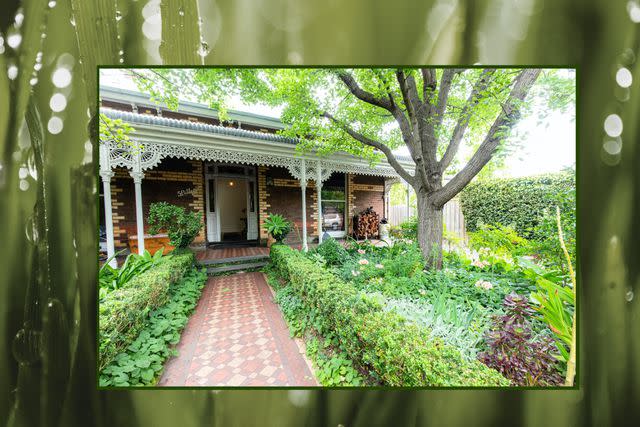The Ultimate Guide to No Mow May
It's time to let your lawn go wild! Here's everything you need to know.

Treehugger / Getty Images
At some point, lawns probably made sense. We are an animal that loves to tame nature—what better way to subdue those wild meadows and their buzzy creatures than to smother it all with a carpet of green grass?
The Problem with Lawns
But now, well, we've got a problem. Lawns cover 40 million acres of land in the United States, making them the largest irrigated crop we grow, according to a report published on NASA's Earth Observatory site. Lawns require work (mowing, raking), and they devour resources, especially water. According to the NASA report, 200 gallons of fresh (usually drinking-quality) water per person per day would be required to keep up our nation’s lawn surface area.
And that's not all. Lawns demand synthetic chemicals for fertilization and weed control. Yet perhaps worst of all, not only do they remove floral resources for pollinators, but they are often treated with pesticides that are a death knoll to bees and other essential members of the ecosystem.
No Mow May
Put it this way: Lawns are habitat destruction being perpetuated by most people with outdoor space. Which is why we are all in for No Mow May. Started in 2019 by the United Kingdom charity Plantlife, No Mow May is a movement that urges gardeners to refrain from mowing their lawns during the month of May. The idea is to let wildflowers bloom to create a nectar feast for pollinators like honeybees, bumblebees, butterflies and moths, and even beetles. It's a small step that can have a big impact and is a terrific way to start normalizing wild lawns in all their messy beauty.
According to the movement's founder, Plantlife, the U.K. has lost nearly 97% of flower-rich meadows since the 1970s—taking the vital food needed by pollinators like bees and butterflies with them. The situation is similar in the United States. The establishment of perennial flower meadows instead of frequently mown lawns is one of the most important measures to promote insects. "A healthy lawn with some long grass and wildflowers benefits wildlife, tackles pollution, and can even lock away carbon below ground—and best of all, to reap these benefits all you have to do is not mow your lawn in May!"
The instructions for No Mow May couldn't be easier: Don't mow. But we thought we would take it a step further with more comprehensive offerings. Not mowing for the month is a great place to start, but for anyone looking to unlock the next level, let the following stories be your guide.
Happy no mowing!
Save the Bugs: An Insect Emergency

Getty Images / Treehugger
There is much wringing of hands over polar bears and other charming megafauna when we talk about extinction. The insects would like to have a word. More than 40% of insect species are declining, and 30% are endangered. The rate of extinction is eight times faster than that of mammals, birds, and reptiles. The total mass of insects is falling by an alarming 2.5% a year, suggesting they could vanish within a century. This is not a drill! Without insects, nature collapses. Replacing lawns with perennial flower meadows is one of the most important things we can do.
According to a landmark study in 2019, the main drivers behind the precipitous declines are the following, in order of importance:
Habitat loss and conversion to intensive agriculture and urbanization;
Pollution, mainly in the form of synthetic pesticides and fertilizers;
Biological factors like pathogens and invasive species;
Climate change.
Consider Clover, Meadows, and Prairies

Getty Images / Treehugger
No Mow May is a great gateway to rethinking how we think about lawns; for anyone ready to take the next step and replace their conventional lawn with something else, what should you consider? Well, things with flowers are great! But even something like a non-flowering clover will be better for the planet than grass.
One way to make the most of garden space is to opt for living plants to cover garden pathways instead of the traditional concrete, stone pavers, or gravel. It helps to better take care of the soil, nurture life around us, and make our gardens practical and pleasant places to be. See more: Planting Ideas for Garden Paths and Walkways
Other Lawn Swaps

Getty Images / Treehugger
A lawn's extraordinary thirst makes it a no-go in places with limited precipitation. With lawn-watering restrictions in a number of arid regions, people are coming to terms with life without lawns—and the amazing alternatives that can be enjoyed instead. Consider some of these ideas that take you from No Mow May to No Mow Ever. Native plants will also always be better for local fauna.
Make It Edible

Getty Images / Treehugger
A lawn replaced with creeping thymeSo, humans use nearly half of the Earth's surface for agriculture. And in the U.S., as mentioned above, we devote 40 million acres to lawns. What's wrong with this picture?! You may not want to convert all of your lawn space to crops, but doesn't it make sense to make at least some of your landscape edible? Ornamental plants are lovely to look at—but so are edible plants. And you can eat them after you've admired them.

